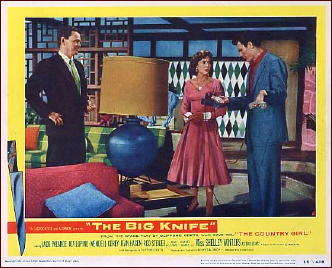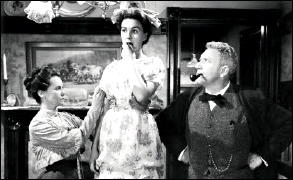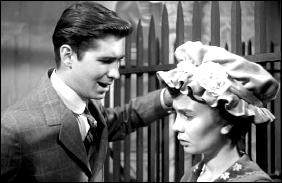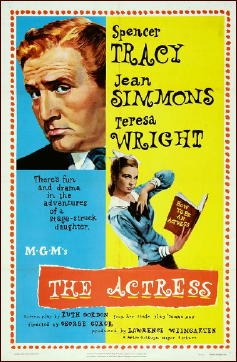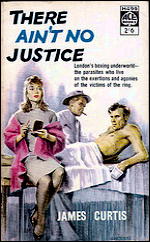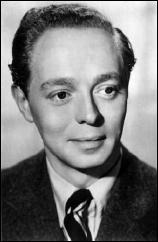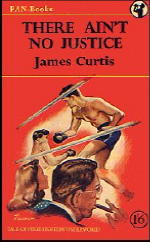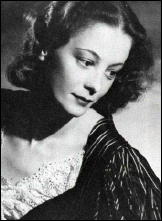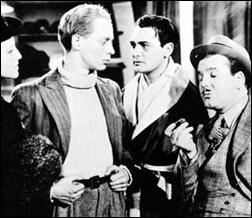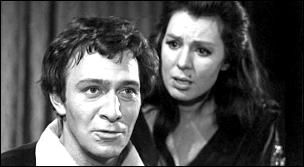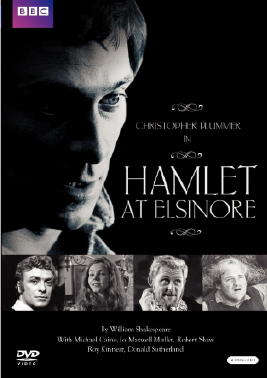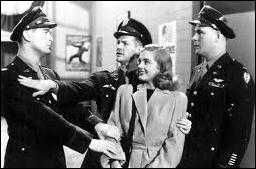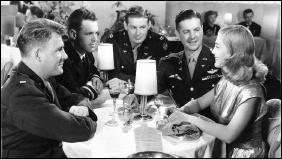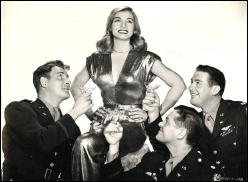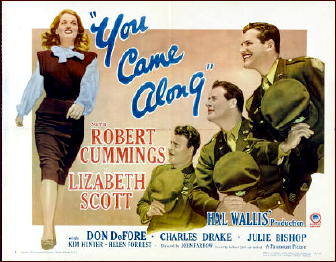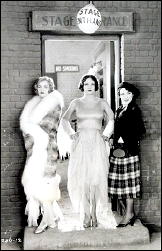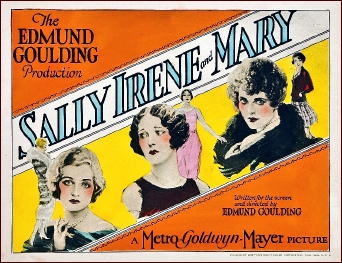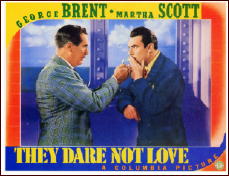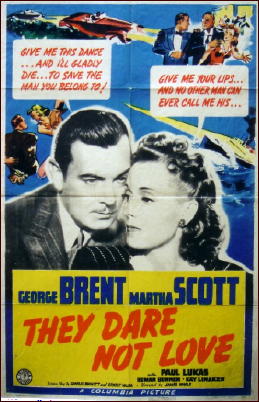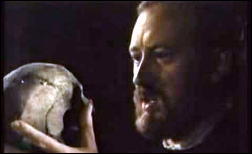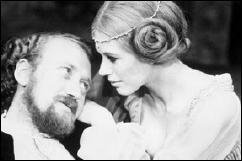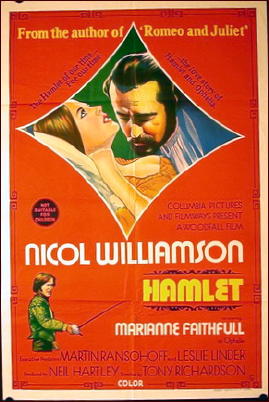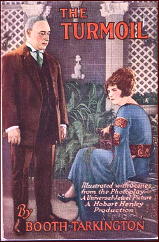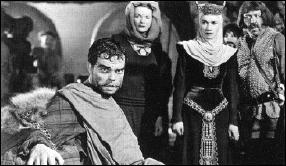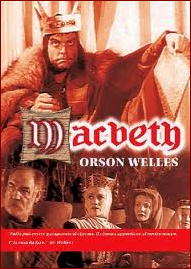Wed 14 Mar 2012
A Movie Review by Dan Stumpf: THE BIG KNIFE (1955).
Posted by Steve under Films: Drama/Romance , Reviews[4] Comments
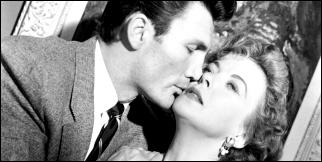
THE BIG KNIFE. United Artists, 1955. Jack Palance, Ida Lupino, Wendell Corey, Jean Hagen, Rod Steiger, Ilka Chase, Everett Sloane, Miss Shelley Winters. Based on a play by Clifford Odets. Director: Robert Aldrich.
[This review follows that of director Robert Aldrich’s The Last Sunset, which you may find here.] Too bad Aldrich couldn’t have worked similar magic with The Big Knife because he had all the elements: a corrosive play by Clifford Odets, edgy camerawork, and an off-beat cast: Rod Steiger; Ida Lupino, Wendell Core, Shelley Winters, Everett Sloane and Jean Hagen, all headed up by Jack Palance as Charley Castle, a talented actor (something of a stretch) who wants out of his contract and on to better roles.
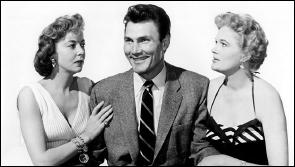
To be fair, The Big Knife has some nice stuff in it. There’s a neat dichotomy in Castle’s character: pampered and polished on the outside but inwardly rotting away.
Rod Steiger is engagingly hammy, played off against the effortless ease of Sloane and Corey, but someone let the women go w-a-y over the top, and three really talented actresses come off as little more than caricatures.
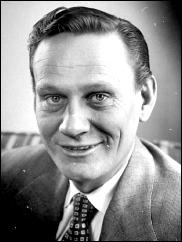
And then there’s the pace — or rather there isn’t. Knife is the kind of classic tragedy that needs fatalistic momentum; we should see Charley Castle’s destiny come careening at him in the course of a single day, like Oedipus.
Instead, director Aldrich and adapter James Poe open Odets’ play out and let it meander around, a fatal mistake with material like this. It weakens the concentration a drama needs with characters like these, and we come away wondering who to really care about.
Oddly, the one memorable characterization in the whole thing is Wendell Corey — never the most electrifying of actors — as lethal press agent “Smiley” Coy. When Smiley pours himself a drink and talks casually of killing off Shelley Winters you get a real chill. Which may be part of the problem: any movie where Wendell Corey is scarier than Jack Palance has its priorities twisted.
